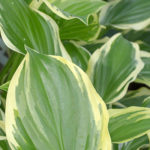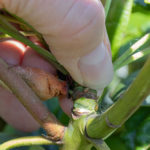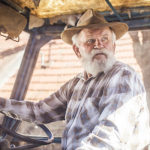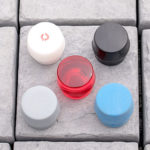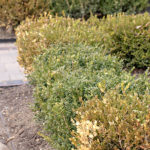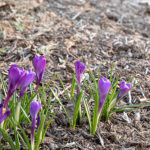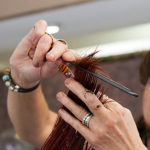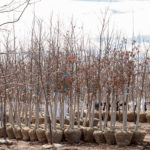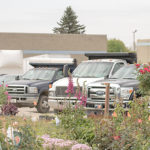What’s your toughest landscape challenge?
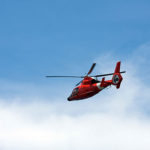
Last year while attending a business webinar I heard a story that really stuck with me. Frank Mariani from Chicago’s North Shore was talking about the early days of his landscape company and some of the challenges that he'd faced.
His client, from an exclusive community of high-end homes, asked him for a quote to plant two trees in the back of the house near the pool. The 75 year-old client wanted shade while watching the grandkids. Frank wrote up a quote for two 2.5” shade trees, explaining that the fence and stairs around the pool prevented the installation of anything larger.

Two weeks later, when he showed up for the weekly maintenance, he was appalled to see one of his competitors at the house using a very large crane to place 8” caliper trees in the requested spots - by lifting them OVER the house! When Frank asked the homeowner why, the response was simple. “You said you couldn’t, and we found someone who could. The money wasn’t an issue. We wanted the shade now.”
That lesson stuck with Frank. Years later his company was presented with a similar situation. Access only allowed for a 3” tree. Frank, thinking back, told his salesperson to quote in two ways. One, quote 3” trees ball-carted to the desired location. Second, quote 10” trees placed via HELICOPTER CRANE. Of course, the price difference was astronomical. But the client decided he had more money than time and Mariani Landscape placed 10” shade trees via helicopter crane, creating a happy customer and a profitable job.

This story made me think about the odd things that we have had requested of OUR company. Now, we have never had to "helicopter" a tree into place. But we have arranged deliveries to Mackinaw Island - picture a semi-truck on a barge with the waves washing over the bow and under the truck. Or the time we sent send a semi-load of material to Minot, North Dakota. If it is important to the client, money is secondary to the action.
Just last night my wife was flying home from a much needed vacation. Then at 2 AM the last leg of her flight was canceled. There I was, searching flights on my iPad to get my exhausted wife home. Price meant very little to me. Getting her home with the least amount of headache added to an already stressful trip was the most important thing.

Knowing your clients is part of what you do every day. Make sure you use this to your advantage. You never know when your biggest challenge may also become your biggest success, leading to one of your most successful marketing pieces.

